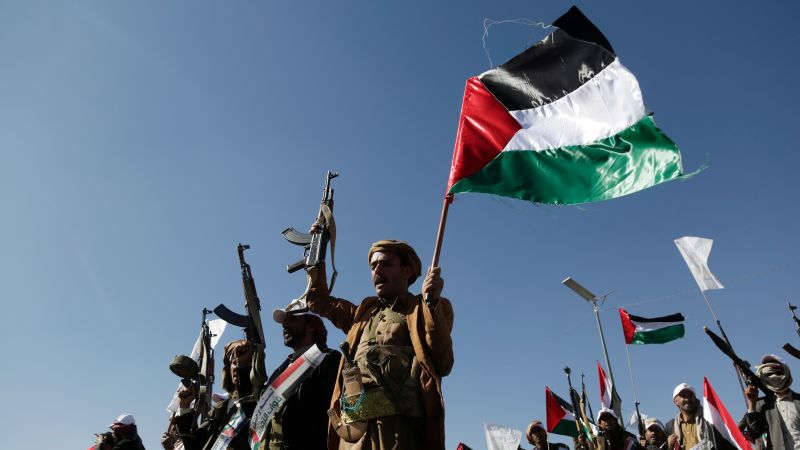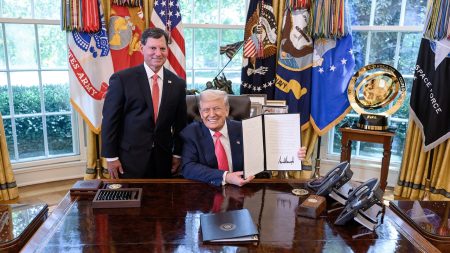US intelligence has discovered discussions between Houthis in Yemen and the Somali militant group al-Shabaab regarding the potential transfer of weapons, posing a significant threat to the already volatile region. Efforts are being made to determine if Iran, which supports the Houthis, is involved in the agreement and to gather evidence of weapon transfers to Somalia. The US has been cautioning countries in the region about this cooperation, and African nations have expressed concerns and requested more information on the matter.
Despite ideological differences, the Houthis and al-Shabaab are considering collaborating due to their shared antagonism towards the United States. This potential alliance has raised concerns about exacerbating conflicts in Somalia and the Red Sea. The deal would offer the Houthis a new source of income while providing al-Shabaab access to advanced weapons that could target US assets. The prospect of military cooperation between these two groups could undermine a tenuous ceasefire between the Houthis and Saudi Arabia, as well as jeopardize a proposed UN peace roadmap for Yemen.
The exact nature of the weapons that the Houthis might supply to al-Shabaab remains uncertain, but it is believed that the agreement would involve more substantial weaponry than what the Somali group currently possesses. While al-Shabaab may have limited opportunities to directly target US assets in the region, the potential transfer of weaponized drones and missiles from the Houthis could pose a significant threat. US officials are closely monitoring the situation and assessing the potential implications of such a collaboration on regional stability.
There are conflicting views among US officials regarding Iran’s involvement in the weapons agreement between the Houthis and al-Shabaab. While there is no concrete evidence linking Iran to the deal, some believe it aligns with Iran’s strategy to expand its influence and confront the US indirectly through proxy groups. However, the Houthis have historically operated independently from Iranian control, raising doubts about Iran’s direct role in the agreement. US intelligence is actively investigating the extent of Iran’s involvement and monitoring the situation closely.
Despite the potential risks associated with the collaboration between the Houthis and al-Shabaab, the US remains committed to supporting peace efforts in Yemen and the region. The US military presence in Somalia, which includes around 480 troops conducting counterterrorism operations against both al-Shabaab and ISIS, underscores the importance of maintaining security and stability in the area. The US government is working with regional partners to address the threat posed by the potential transfer of weapons and to prevent further escalation of conflicts in the region.
The evolving situation in Yemen and Somalia highlights the complex geopolitical dynamics at play in the region and the challenges of managing multiple conflicts simultaneously. The prospect of enhanced military capabilities for al-Shabaab and increased tensions in the Red Sea pose significant risks to regional stability and security. As US intelligence continues to gather information and assess the situation, the focus remains on preventing the proliferation of weapons and minimizing the impact of potential conflicts on civilian populations in the region.













